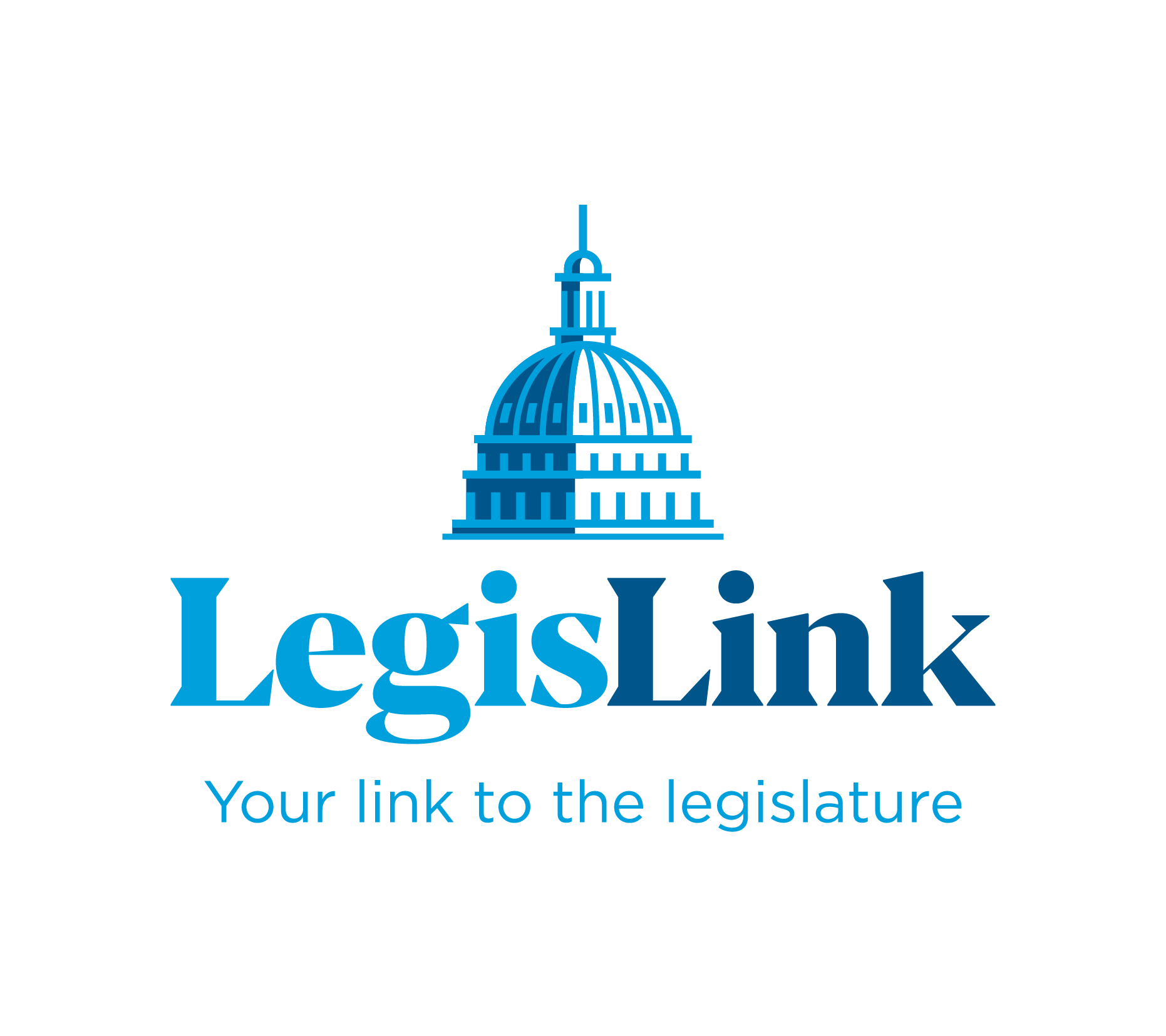More than 60% of cancer patients in the United States rely on Medicare, many of whom receive outpatient treatment from Medicare Part B to cover the cost of chemotherapy drugs.
Under Medicare Part B, community cancer clinics are reimbursed for chemotherapy drugs based on a formula that consists of the drug’s average sales price (ASP) and an additional payment of 6% to cover the administrative costs associated with the handling, storage, preparation, dispensing, and disposal of these highly sensitive drugs. Evidence suggests that the current Part B drug payment system has been successful in ensuring patient access while moderating the cost of these services for the Medicare program. According to the 2017 Medicare Trustee’s Report, spending on Part B drugs accounted for just 3% of total Medicare spending and has remained relatively stable over the years.
Unfortunately, a series of misguided federal policies have created an unsustainable situation whereby many community cancer care providers are forced to operate at a loss when providing treatment to Medicare patients. That’s because, over the years, the federal government has moved forward with numerous reimbursement cuts and payment demonstrations that threaten the integrity of the Medicare Part B drug payment formula. As a result, since 2008, more than 1,200 community cancer care centers have closed, consolidated, or reported financial problems, creating access issues for patients and increased costs to the Medicare program.
The Inflation Reduction Act’s drug negotiation provisions will have downstream impacts on providers, creating additional uncertainty and pressure on reimbursement. To learn more about the IRA, click the button below.
Step Therapy for Medicare Advantage Plans
The Centers for Medicare and Medicaid Services (CMS) announced their intention to rescind prior guidance that had prohibited step therapy for Part B drugs and issued new guidance that will allow Medicare Advantage (MA) plans to apply step therapy for Part B drugs, beginning January 1, 2019.
The Trump Administration claimed that this action is an effort to reduce prescription drug costs through better negotiation, a component of the “American Patients First” drug pricing blueprint.
The Network will closely monitor and examine the impact of this announcement and will work with CMS and MA plans to ensure cancer patients continue to have timely access to appropriate and tailored treatments.
Sequestration
In 2011, Congress enacted the Budget Control Act of 2011 which applied a mandatory 2% sequester cut to Part B drugs. Additionally, when the ASP+6% formula was first introduced, Congress required that the prompt pay discounts that pharmaceutical manufacturers extend to distributors for timely payment be included in the calculation of ASP, further lowering the reimbursement centers receive.
As a result of the sequester cut and the prompt pay inclusion, the true amount that community cancer centers receive for administering Part B drugs is equivalent to approximately ASP+2.3% – and that’s if the centers are able to obtain drugs at ASP in the first place. Many small and rural community cancer centers are unable to leverage the buying power of larger centers and end up paying higher than ASP to acquire certain drugs.
There are several ways that the Administration and Congress can act to avoid the most devastating sequestration impacts. CMS has the authority to exempt cancer drugs from the sequester cut or to apply the 2% sequester cut only to the 6% services payment. Additionally, Congress can pass legislation to exclude prompt pay discounts from the calculation of ASP.
In response to the COVID-19 pandemic, Congress temporarily suspended sequester payment cuts through March 31, 2022. A 1% sequester took effect on is scheduled to begin on April 1, 2022 and the before the full 2% sequester is expected to returns on July 1, 2022. To tell Congress to extend sequestration relief for the duration of the public health emergency, CLICK HERE.
